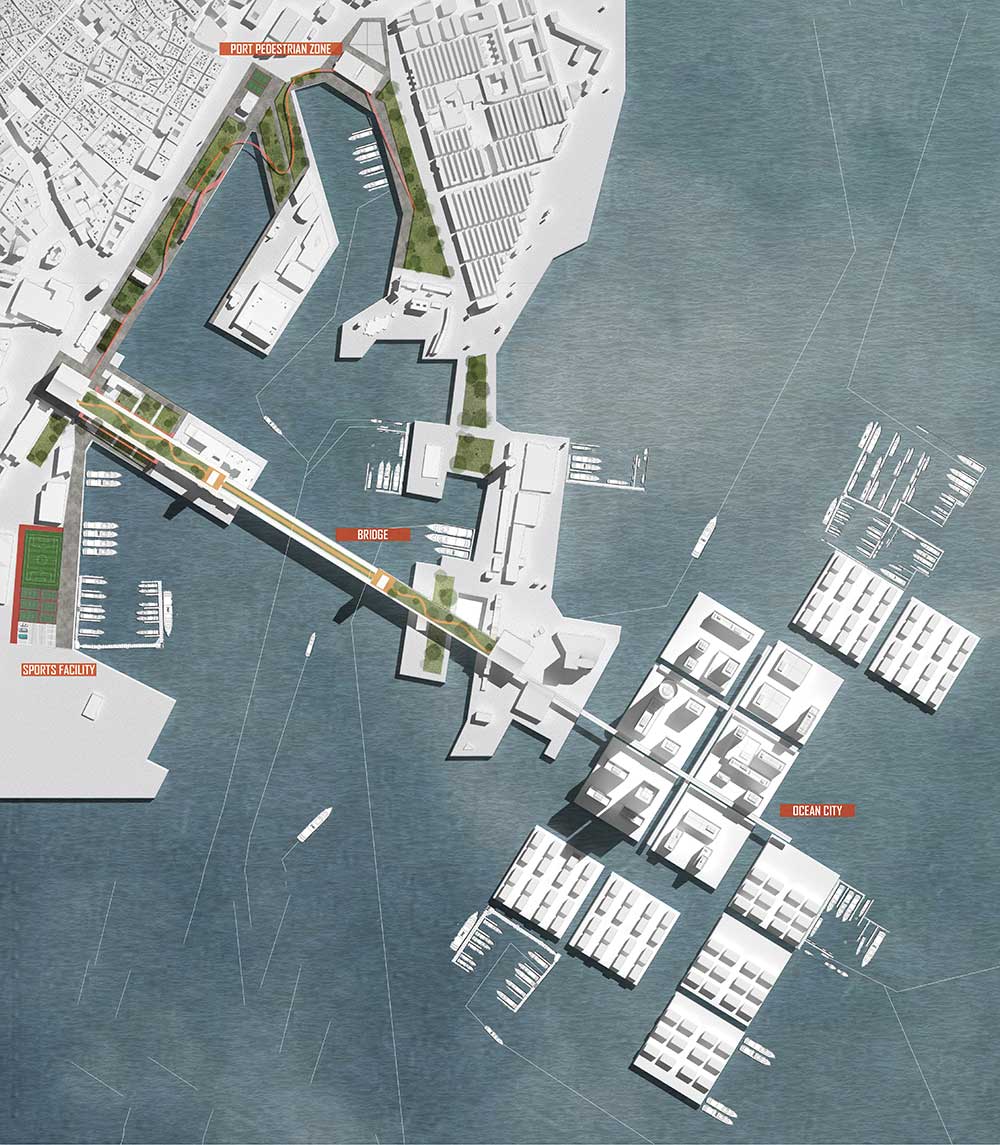Edge City
The urban edge is often seen as a problem or the inevitable downside of urban growth, but through the studio projects this year, we aim to reframe the edge as a place of opportunity and potential for a reinvention of the urban, and the setting for radically different responses to climate change and urban resilience.
Historically, the urban edges of cities are defined by defensive walls or natural limitations such as rivers and coastlines. Contemporary cities are often characterised by an ambiguous urban edges perceived as they fragment or become diffuse physically and understood more profoundly as they alter culturally. When exploring a new city, our attention tends to focus on its centre: the older neighbourhoods, the iconic buildings or squares, the shopping malls and high streets, the historic parks, riversides and bridges. The way in which many modern cities have been formed through the morphing of related settlements into one big metropolis also creates uncertainty about where the city begins and ends. Polycentricity leads to poly-peripherality and multiple internal edges or leftover spaces. Post-industrialisation and the flight to the suburbs of the late twentieth century have hollowed out many of our urban areas and created voids at their heart. Historical events, such as civil wars, revolutions, or invasions, may also create boundaries, scars and edges of their own, visible or invisible to the casual visitor.
In the first two-trimesters of the MA Architecture and Urbanism we have engaged with academics and practitioners from across the world representing a range of disciplines and professions, including: architecture, art and urban history, landscape and environmental sciences, planning, surveying, urban design. Over 160 international students working across five Urban Laboratories, each driven by a specific research interest addressing global challenges of urbanism: contextualism, prototype, dwelling, landscape, and cooperative. The labs were conceived as urban laboratories and project sites were chosen in European cities. It has been a great two trimesters full of ideas and international exchanges.




